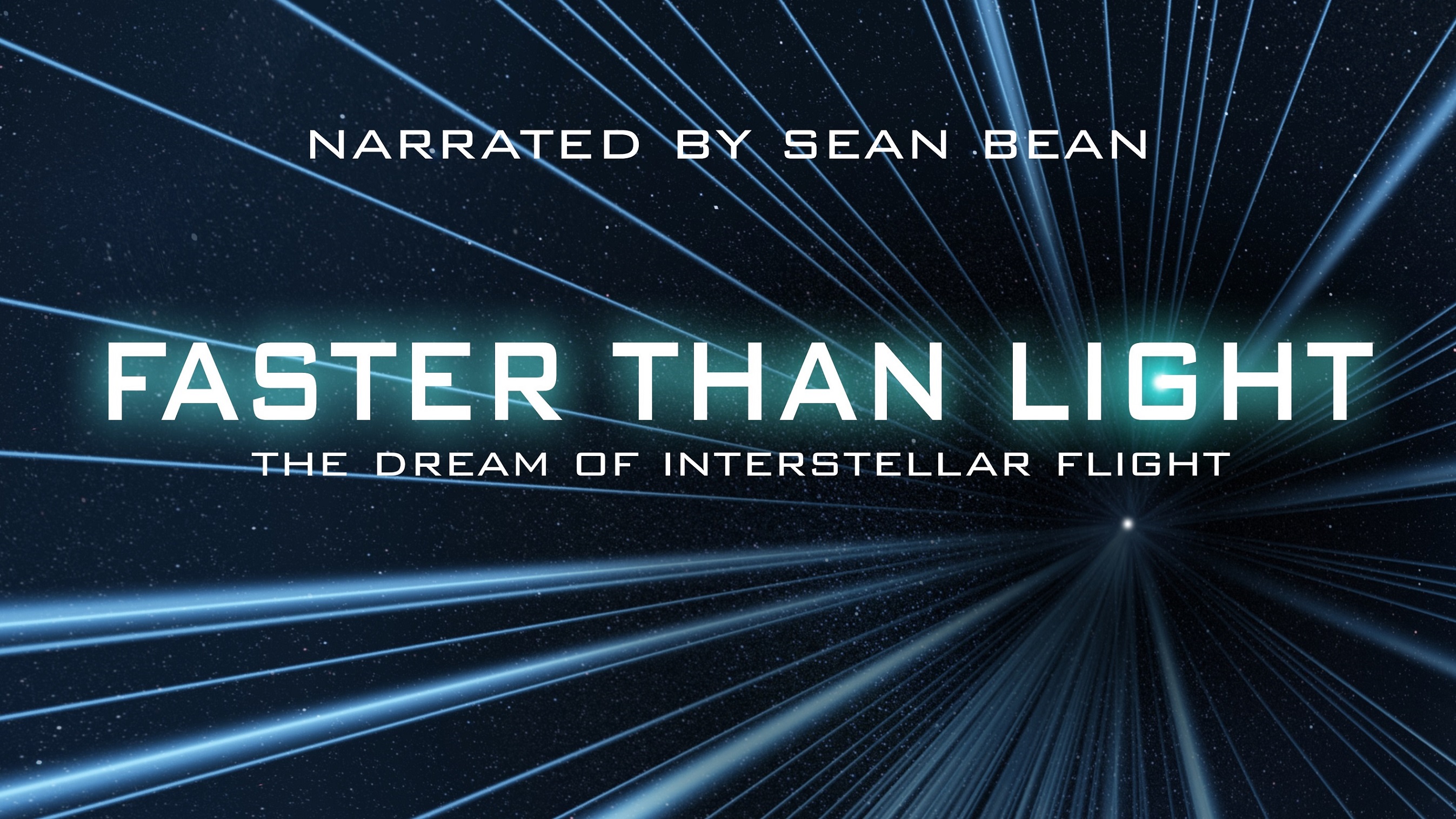
If you're moving towards or away from any imaginary line you draw, distances in that direction will contract, depending on your relative velocities.

Curt RenshawĪccording to Einstein, there's a big problem, conceptually, with Newton's gravitational force law: the distance between any two objects is not an absolute quantity, but rather is dependent on the motion of the observer. This picture, of relativistic mechanics, replaced the old Newtonian view of classical mechanics, but also carries tremendous implications for theories that aren't relativistically invariant, like Newtonian gravity. The faster you move relative to someone at rest, the greater your lengths appear to be contracted, while the more time appears to dilate for the outside world. Lorentz, Fitzgerald, and others, that rapidly moving objects appeared to contract in space and dilate in time. One revolutionary aspect of relativistic motion, put forth by Einstein but previously built up by. But all of this placed a great burden on Einstein. Modern constraints are now 20 billion times the speed of light, which is great for Newton.

By 1805, Laplace had used observations of the Moon to demonstrate that the speed of Newtonian gravity must be 7 million times greater than the speed of light.

On the scale of a mere century, orbits would shift substantially. This would make orbits not only elliptical, but unstable. If it's finite, then you don't just get a radial acceleration (towards the other mass), but you also get a component that accelerates your particle tangentially. The problem is this: if you have a central force, where a bound particle like (for example) the Earth is attracted to the Sun but moves around the Sun (orbiting, or propagating) at a finite speed, you will only get a purely elliptical orbit if that force's propagation speed is infinite. If the Sun were to simply wink out of existence, Newton's theory predicts that they would all instantaneously fly off in straight lines, while Einstein's predicts that the inner planets would continue orbiting for shorter periods of time than the outer planets. In fact, if you used Newton's laws to calculate the orbits of the planets and demanded that they match modern observations, not only would the speed of gravity have to be faster than the speed of light, it would have to be a minimum of 20 billion times faster: indistinguishable from an infinite speed.Īn accurate model of how the planets orbit the Sun, which then moves through the galaxy in a.

But if you do that calculation instead, and allow Earth to be attracted to the Sun's past position rather than its current position, you get a prediction for its orbit that is so thoroughly wrong that Newton himself, with quality observations going back less than 100 years (to the time of Tycho Brahe), could have ruled it out. After all, if the speed of gravity is only equal to the speed of light, rather than an infinitely fast force, then the Earth should be attracted to where the Sun was 8 minutes and 20 seconds ago, not where the Sun is right now, at this particular instant in time. However, if you were to somehow turn 'off' the gravitational effects of the Sun, the planets wouldn't fly off instantaneously, but rather the inner ones would fly off first, followed by the outer ones, as the gravitational signals from the Sun only propagate outwards at the speed of gravity, which ought to equal the speed of light. There is no fundamental reason why some planets are more or less eccentric than one another it's simply a result of the initial conditions from which the Solar System formed. (closest approach) and aphelion (farthest distance) with respect to the Sun. The orbits of the eight major planets vary in eccentricity and the difference between perihelion.


 0 kommentar(er)
0 kommentar(er)
